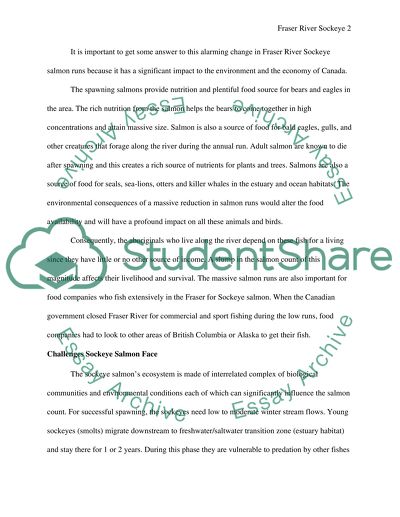Cite this document
(“The Fraser River: Canadas Pacific Coast and British Columbia Essay”, n.d.)
Retrieved from https://studentshare.org/environmental-studies/1413395-environmental-issues-theories-and-concepts
Retrieved from https://studentshare.org/environmental-studies/1413395-environmental-issues-theories-and-concepts
(The Fraser River: Canadas Pacific Coast and British Columbia Essay)
https://studentshare.org/environmental-studies/1413395-environmental-issues-theories-and-concepts.
https://studentshare.org/environmental-studies/1413395-environmental-issues-theories-and-concepts.
“The Fraser River: Canadas Pacific Coast and British Columbia Essay”, n.d. https://studentshare.org/environmental-studies/1413395-environmental-issues-theories-and-concepts.


